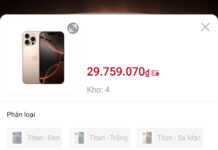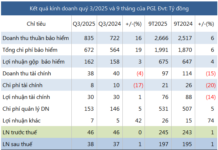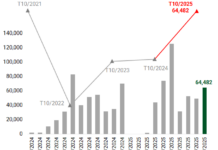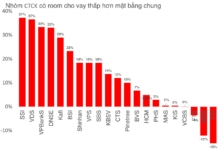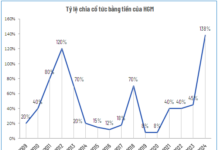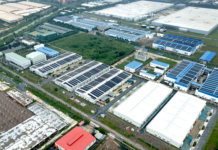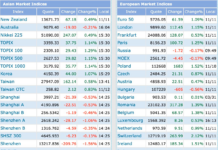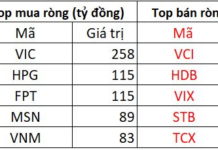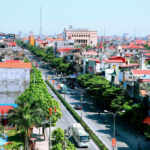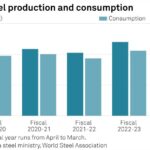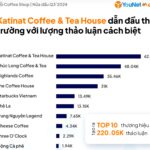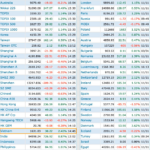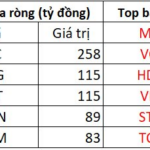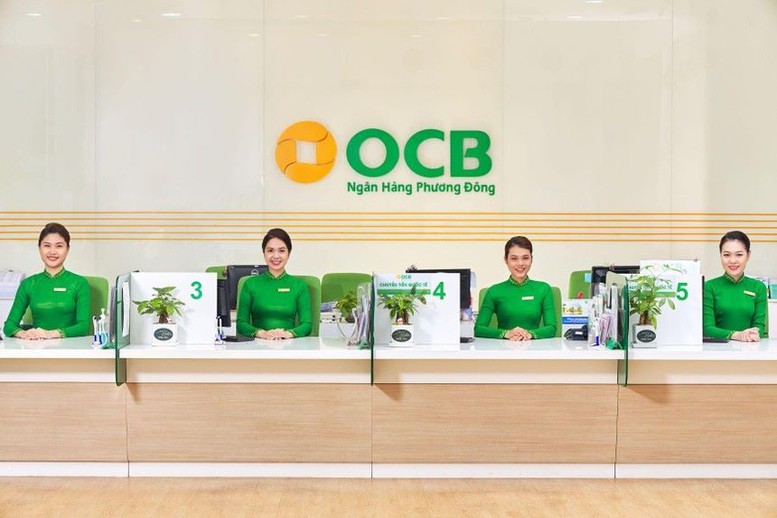
OCB has consistently received high ratings from reputable global credit rating organizations – Photo: OCB
This rating reflects OCB’s stable financial capacity throughout economic cycles, a good capital adequacy ratio, and expected improvements in asset quality in the future.
Specifically, the long-term foreign and local currency bank deposit ratings at OCB were maintained at Ba3. Simultaneously, the bank’s Baseline Credit Assessment (BCA) and Adjusted BCA were kept at B1.
Additionally, Moody’s affirmed the long-term foreign and local currency Counterparty Risk Ratings (CRRs) at Ba3 and the long-term Counterparty Risk Assessment at Ba3 (cr). Moody’s also upgraded OCB’s outlook to “stable.”
According to Moody’s, maintaining the BCA rating and upgrading the outlook to “stable” reflect the expectation that OCB’s current capital buffers are stronger than those of its peer banks and are projected to remain so in the future, supporting better risk absorption capacity.
Given the volatile domestic and international market conditions, Vietnam’s banking sector faces significant challenges. However, Moody’s ratings indicate that OCB remains stable and resilient to potential risks.
In May, OCB also received an A+ rating from VIS Rating (a collaboration between Moody’s and other organizations, initiated by the Vietnam Bond Market Association [VBMA]) for its creditworthiness based on profitability, risk management capabilities, and asset quality.
VIS Rating assessed OCB’s independent capacity for profitability as “Strong,” attributed to higher lending yields and net interest margins (NIM) than the industry average. OCB has strategically focused on the individual and small and medium-sized enterprise (SME) segments. This emphasis has helped maintain an average return on assets (ROA) of 2.2% (2019-2023), surpassing the industry average of 1.3%.
VIS Rating stated in its report: “With improved profitability, we expect OCB’s capital scale to remain high in the next 12-18 months. Efforts to retain capital through stock dividend payouts, if continued, will positively impact capital adequacy.”
The organization also recognized OCB’s effective management of asset risks through various approaches to bad debt handling and a strong focus on customer support. OCB maintains a tight ratio of real estate-related secured assets. Consequently, the bank’s credit costs have been lower than the industry average over the past two years.
OCB has implemented numerous solutions to benefit its customers and investors and has consistently earned high ratings from reputable global credit rating organizations.
Specifically, as one of the few banks in Vietnam proactively adopting advanced international standards (enhanced Basel II, Basel III for liquidity risk, IFRS9, etc.), OCB has further strengthened its solid capital position. The bank’s capital adequacy ratio (CAR) stands at 13.8%, well above the 8% minimum requirement set by the State Bank of Vietnam (SBV). OCB maintains a healthy balance sheet, with a bad debt ratio of 2.3% as of Q2/2024, complying with SBV regulations and proactively managing loans, diversifying its credit portfolio, and mitigating risks in a challenging economic environment.
Notably, in the first half of the year, OCB increased customer deposits by 4.5%, with a 50% increase in the CASA ratio, resulting in a CASA ratio of 12.7% as of Q2/2024. Moody’s positively assesses OCB’s liquid assets, which account for 31% of total tangible assets. This liquidity buffer, comprising cash, mandatory reserves, government bonds, and other securities, has enabled OCB to withstand unexpected market fluctuations effectively.
Moving forward, OCB is committed to maintaining and further enhancing this liquidity buffer to ensure the safety of its customers and partners and contribute to the stability of the entire banking system.
India Imposes Maximum 30% Duty on Certain Steel Products Imported from China and Vietnam
The steel products in question, originating from China and Vietnam, are subject to a taxing period of five years.
Unlocking the Potential: Australia – The Next Frontier for Vietnam’s Fresh Dragon Fruit Exports
Dragon fruit harvested from farms in Vietnam can now enter the Australian market, but it must comply with biosecurity requirements. To minimize pests such as fruit flies, mites, mealybugs, and spider mites, growers must follow specific protocols to ensure their produce meets Australia’s strict biosecurity standards.

